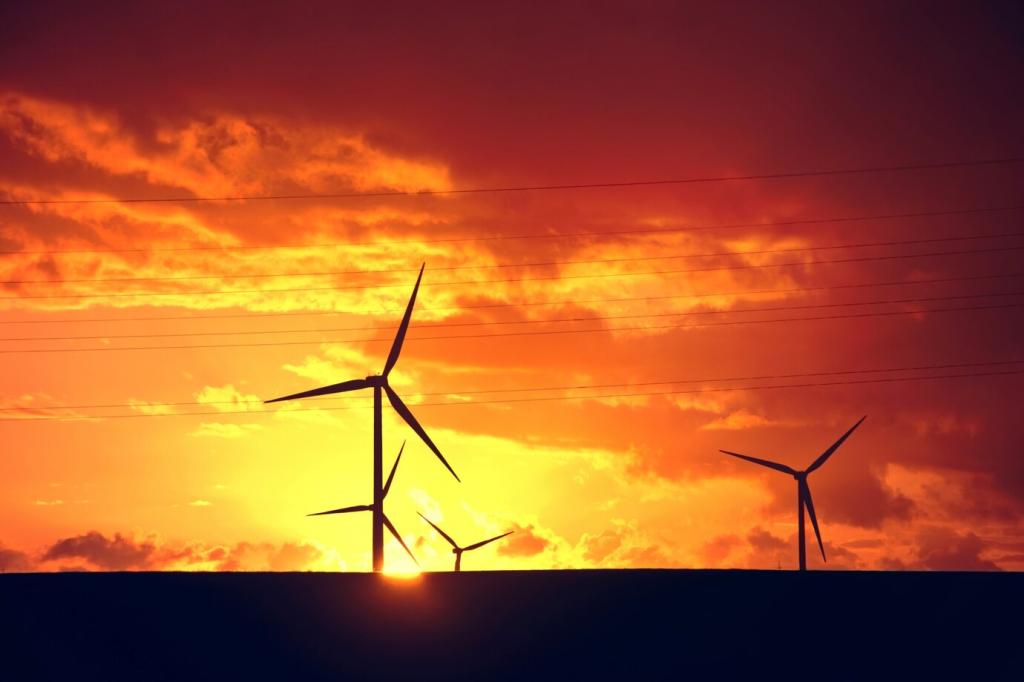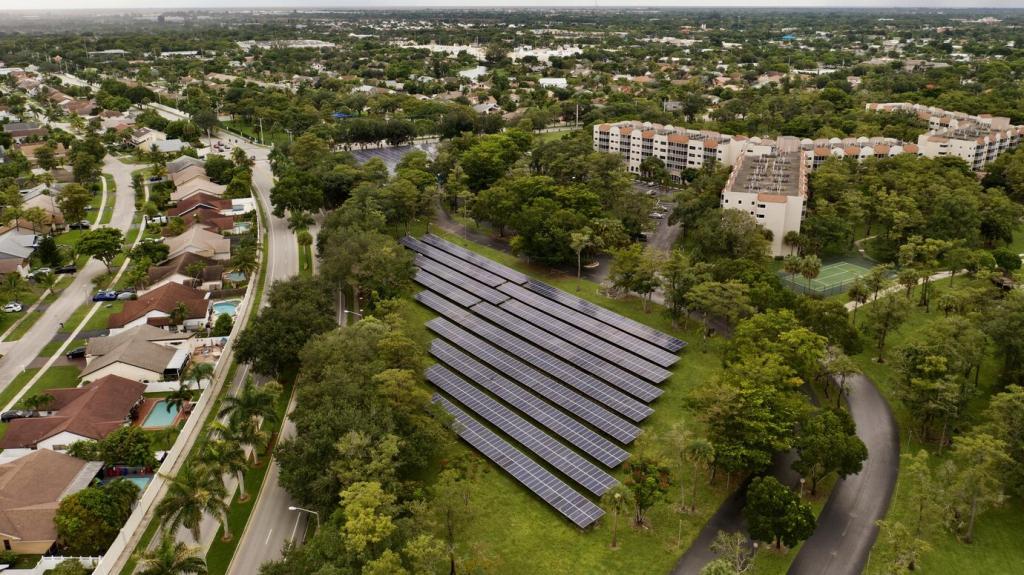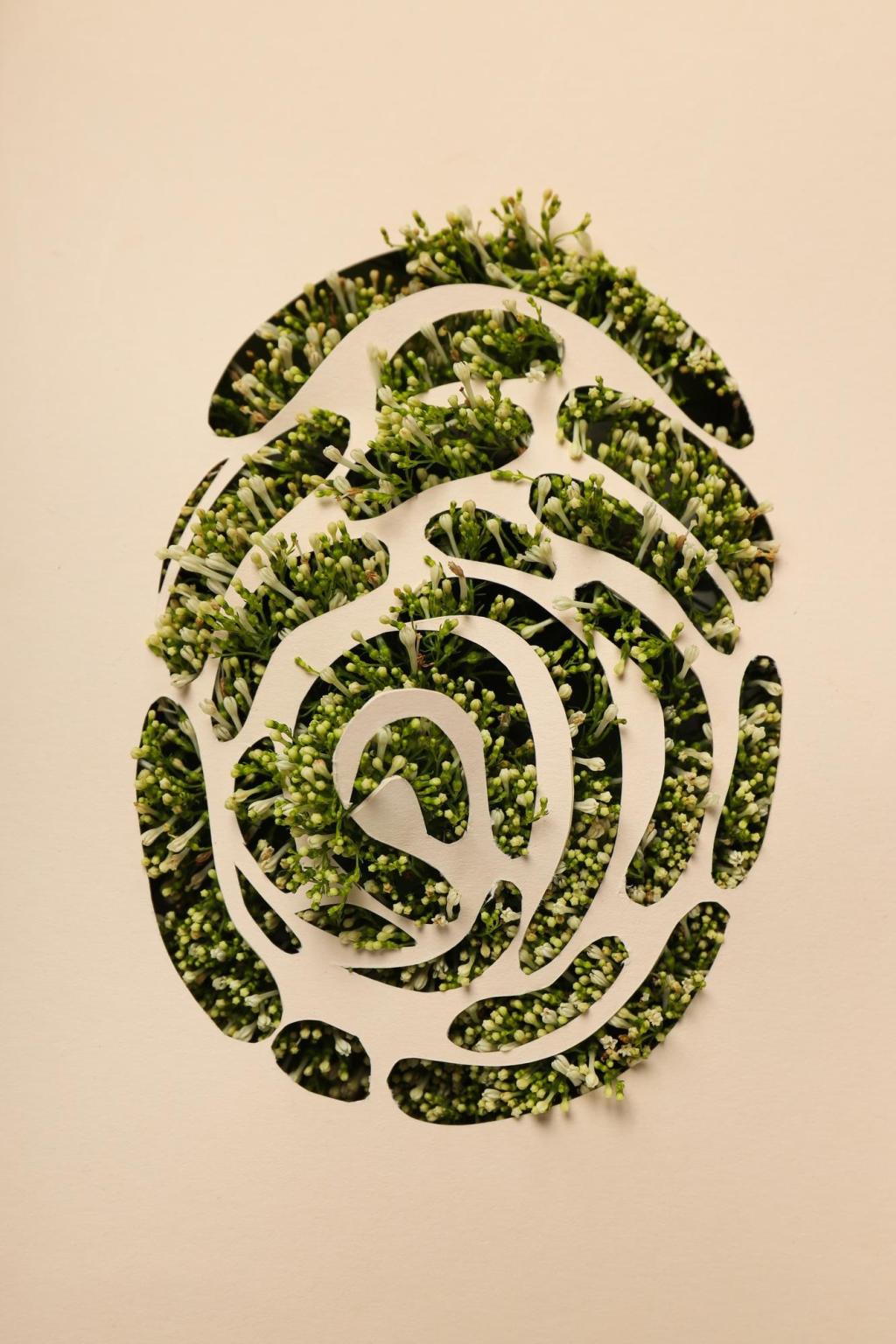Eyes in the Ember: Drones in Fire Prevention and Monitoring
Chosen theme: Drones in Fire Prevention and Monitoring. Welcome to a frontline view where compact aircraft help us outsmart flames before they spread. Explore practical tactics, real stories, and field-ready ideas you can apply today. Join the conversation, share your experiences, and subscribe for new insights each week.


Before the First Spark: Prevention With Drones
Cool morning air creates the perfect contrast for thermal cameras on drones to spot abnormal heat along power lines, transformers, and remote equipment sheds. By flying low and methodically, teams identify failing insulators, hot bearings, and smoldering stumps. Share your dawn checklist, and subscribe to receive our printable preflight thermal routine.


Eyes on the Line: Real-Time Fire Monitoring
Dual-sensor payloads watch the fire front through smoke, revealing hot spots that eyes miss. Live video and heat maps help division supervisors adjust tactics, allocate engines, and protect structures. With disciplined flight paths and geotagged imagery, crews maintain a reliable perimeter picture. Share your preferred orbit altitude and lens settings to guide newcomers.
Eyes on the Line: Real-Time Fire Monitoring
In deep canyons, handheld radios fade. A drone flying as a temporary relay restores voice and data, extending command’s reach. Some teams deploy lightweight mesh nodes under quadcopters to pass live mapping layers to tablets. If you’ve tested airborne relays, what battery and antenna combos performed best under heat and smoke?


Payloads and Platforms That Beat the Heat
Radiometric thermal sensors measure temperature per pixel, helping analysts rank hot spots, assess line integrity, and verify mop-up. Isotherms simplify decision-making by coloring critical thresholds. Calibrate emissivity and lock gain carefully in mixed scenes. Tell us which palettes and frame rates give you the clearest picture through dense smoke and dusk conditions.
Payloads and Platforms That Beat the Heat
Specialized payloads detect CO, CO2, and PM2.5, tracing smoke plumes that threaten nearby neighborhoods. One mountain town used a drone to find a low-lying smoke pool behind a ridge, steering evacuations around the hazard. If you’ve flown air-quality sensors, what sampling intervals and flight patterns produced reliable, actionable data for public alerts?
From Pixels to Plans: Turning Drone Data Into Action

AI-Assisted Smoke and Flame Detection
Edge models on drones flag smoke columns in real time, reducing response times when human eyes are overloaded. Tuning confidence thresholds matters—fog, dust, and steam can fool classifiers. If you’re training models on local vegetation and terrain, consider sharing anonymized datasets. Subscribers get our quick-start labeling guide next week.

Map Products Crews Trust in the Field
Incident teams want concise outputs: GeoTIFF heat mosaics, KML perimeters, and offline basemaps for tablets. Clear symbology beats flashy effects. Timestamp every layer, and include confidence notes. Comment with your export presets and color ramps so others can reproduce consistent, readable maps under headlamps at midnight briefings.

After-Action Reviews That Improve Every Flight
Short debriefs capture gold: battery margins, comms gaps, image sharpness, and what intel actually changed tactics. One volunteer crew cut launch times by five minutes after mapping their gear layout. Want our AAR template tailored to drone fire ops? Subscribe, and we’ll send the field-tested version used by multiple departments.
Regulations, Ethics, and Community Trust
Understand local and national requirements for operational waivers, night flights, and controlled airspace authorizations. Coordinate early with authorities and incident command. Document pilot currency and maintenance. If you’ve secured approvals for complex missions, share your timeline and pitfalls so others can plan smarter and avoid avoidable delays.

Scenario-Driven Training and Drills
Run night flights, lost-link recoveries, and smoke-obscured landings before fire season. Cross-train visual observers to manage maps and batteries. Invite partner agencies to stress-test workflows together. Post your most valuable drill scenario in the comments, and subscribe for our quarterly drill planner packed with checklists and evaluation rubrics.
Budget-Savvy Gear Choices
Modular payloads stretch dollars further, letting teams swap thermal, spotlight, and loudspeaker kits on one airframe. Consider refurbished platforms for training. Keep spare props, filters, and cables pre-labeled. What’s in your go-bag, and which items saved a mission? Share your list so new teams avoid costly trial and error.
Partnerships That Multiply Impact
Utilities, foresters, and universities bring data and expertise that improve drone fire missions. Shared standards for naming, timestamps, and projections keep layers compatible. If your region runs mutual aid flights, describe your coordination channel and data handoff process. Subscribers will receive our template memorandum to jumpstart collaboration.
